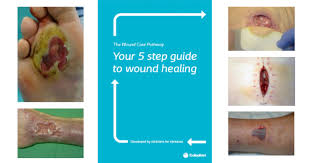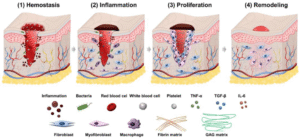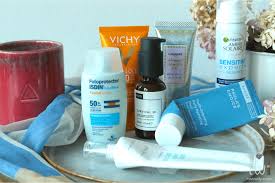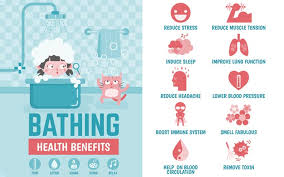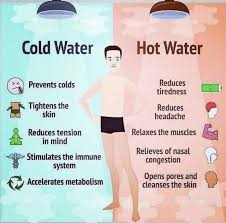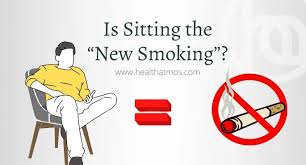
Neurotech: The Mind-Reading Devices Are Coming!
What if your thoughts could send a text message? Or your brain could control a computer, no keyboard required?
It’s not science fiction anymore. Thanks to advances in neurotechnology, devices that can interpret brain signals—often called mind-reading tech—are quickly moving from lab experiments to real-world applications.
From restoring speech to paralyzed patients to exploring memory manipulation, neurotech is reshaping what it means to connect the mind with machines.
Also check for : ai-just-wrote-a-novel-should-you-be-worried
But how close are we to actual thought-controlled technology? And should we be excited… or alarmed?
🧠 What Is Neurotechnology?
Neurotechnology refers to any tool or device that interacts directly with the brain or nervous system. These devices can:
-
Monitor brain activity
-
Stimulate neurons
-
Translate thoughts into actions
At the heart of this revolution are BCIs—Brain-Computer Interfaces—that create a communication link between your brain and an external device.
Think of it as a neural bridge between mind and machine.
🔍 How Do Mind-Reading Devices Work?
Your brain constantly emits electrical signals as neurons communicate. Neurotech devices use sensors—often placed on the scalp or implanted inside the skull—to detect these signals.
With the help of machine learning algorithms, the devices can:
-
Interpret your intentions (e.g., moving a cursor)
-
Recognize imagined speech
-
Reconstruct images you’re viewing
While we’re not quite reading full, detailed thoughts yet, we’re getting shockingly close to decoding raw mental activity.
💡 What’s Already Possible?
The future is arriving faster than you think. Here are just a few breakthroughs:
🎮 Mind-Controlled Games
Gamers can already use EEG headsets to control characters with focus and relaxation states.
💬 Brain-to-Text Communication
In 2021, researchers enabled a paralyzed man to “type” by imagining speech—at a rate of up to 18 words per minute.
🤯 Visual Reconstruction
AI has recreated images viewed by participants using nothing but brain scans. Yes, it’s crude—but it works.
🚀 Elon Musk’s Neuralink
Neuralink has implanted chips into monkeys that allow them to control cursors and play Pong with their minds. Human trials are on the horizon.
🧬 Medical Miracles in the Making
Neurotech is already transforming lives. Its medical potential includes:
-
Restoring mobility to stroke and spinal injury patients
-
Treating depression, epilepsy, and Parkinson’s with deep brain stimulation
-
Helping ALS patients communicate without speaking or moving
-
Detecting early signs of Alzheimer’s from subtle changes in brain waves
And as sensors get smaller and smarter, applications will only grow.
⚠️ What About the Risks?
With great power comes serious concerns.
🕵️♂️ Privacy
If devices can access your brain activity, who controls that data? Could your thoughts be hacked or sold?
🧠 Mental Manipulation
What happens when we can write to the brain as easily as we read from it? Could companies—or governments—alter how you think?
⚖️ Ethics and Consent
How do we protect vulnerable users from being exploited? What about brain implants in children?
These aren’t future hypotheticals—they’re ethical questions we need to answer now.
🛠️ Who’s Leading the Neurotech Race?
Big players in tech and medicine are pouring billions into brain-tech innovation:
-
Neuralink (USA) – Brain implants and high-bandwidth BCIs
-
Synchron (USA/Australia) – Less invasive neural implants
-
Kernel (USA) – Brainwave monitoring for mental health and cognitive tracking
-
NextMind (France) – Visual cortex-based brain control
Meanwhile, universities like MIT, Stanford, and the University of California are at the research forefront.
🌐 The Bigger Picture: A Connected Brain World?
Some futurists envision a world where brains are connected to the cloud, enabling real-time knowledge downloads, memory playback, and direct mind-to-mind communication.
It sounds incredible… or terrifying, depending on your point of view.
Will neurotech enhance our humanity—or erode our autonomy?
🧭 The Bottom Line
Neurotechnology is unlocking doors to abilities once thought impossible. The idea of controlling devices with our minds or restoring lost senses is no longer theoretical—it’s becoming reality.
But the line between innovation and invasion is razor-thin. If handled wisely, neurotech could usher in a golden age of medicine and human potential.
Handled poorly? It could become the ultimate privacy breach.
One thing’s certain: the era of mind-reading machines is coming. And the next big leap in human-computer interaction may not happen at your fingertips—it may happen in your head.





